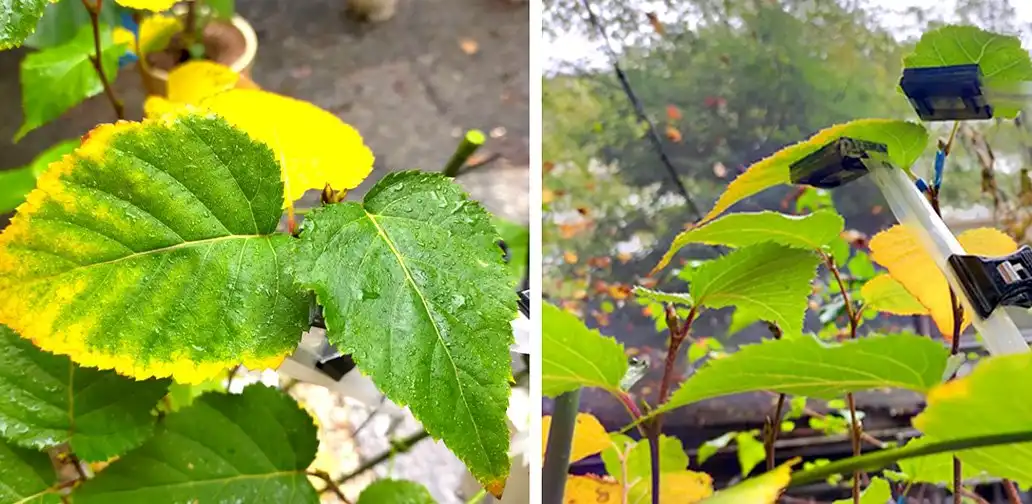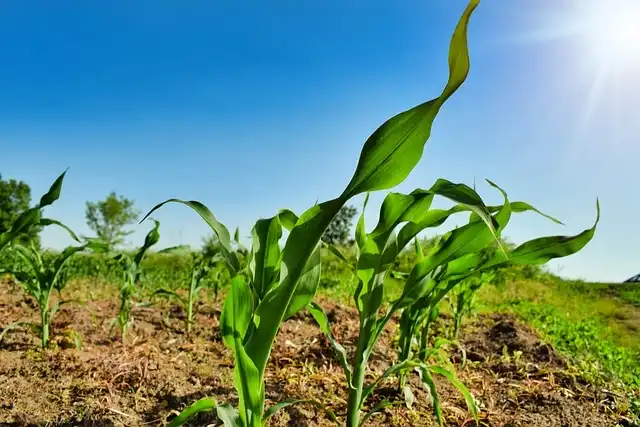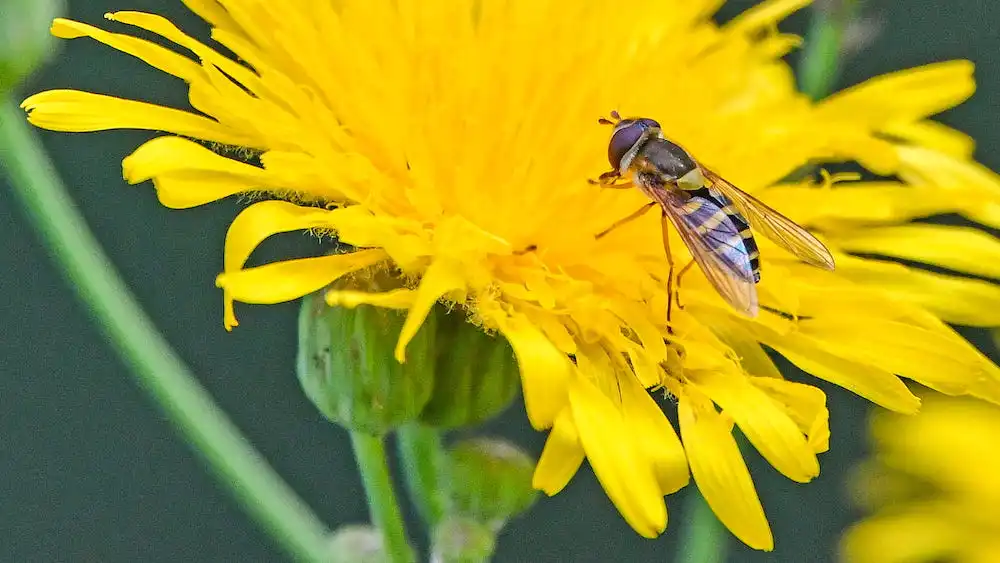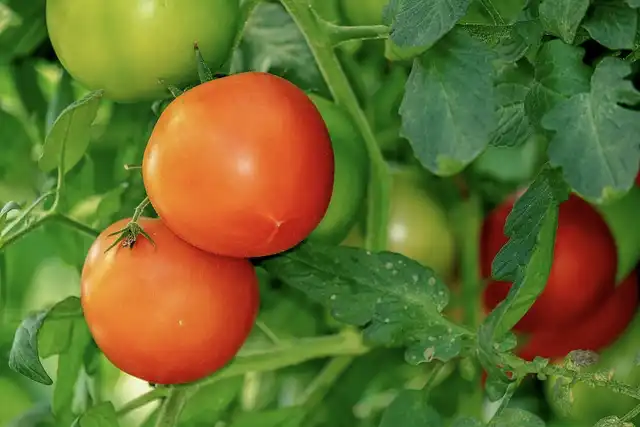
Eco-DRR (Disaster Risk Reduction) leverages farmland to mitigate floods by storing excess water, reducing damage. Analysis of 1917 Japanese municipalities (2010–2018) revealed farmland near river confluences significantly reduces flood risk. This eco-friendly approach supports food security, biodiversity, and disaster mitigation, offering a sustainable solution amid climate challenges.













